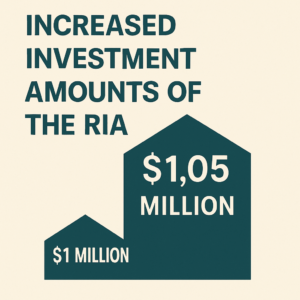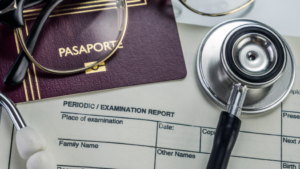 There is no law or regulation that requires an E-2 Treaty Trader visa applicant to have “residence” in the country of citizenship. We have represented many E-2 investors who do not live or maintain a residence or a resident address in the qualifying treaty country.
There is no law or regulation that requires an E-2 Treaty Trader visa applicant to have “residence” in the country of citizenship. We have represented many E-2 investors who do not live or maintain a residence or a resident address in the qualifying treaty country.
At the time of this writing this post, the concept of requiring a “residence” is being applied by the U.S. Consulate – Barbados, which has jurisdiction over Grenada. The U.S. Consulate in Barbados has taken the position that an E-2 applicant should be able to show a “nexus” to Grenada, such as in the form of having visited Grenada at least one time, having an address in Grenada, and having a Grenadian resident identification card. This is not a legal requirement under U.S. immigration law but a policy initiated by the U.S. Consulate.
The only requirement to qualify for the E-2 visa is that the applicant is a “national” of the treaty country. This is one reason why we would not have a client conduct his or her E-2 visa interview in Barbados, but instead, in another country such as China or Vietnam.
Note that in order to be able to interview at another U.S. Consulate outside that which has jurisdiction over the country of nationality, the applicant is usually required to have some non-temporary presence in that country, such as being a student, having work authorization or, of course, citizenship. “Consular Shopping”, which is the act of applying at a U.S. Consulate for convenience, is possible but usually discouraged and the U.S. Consulate has the discretion whether to accept an applicant or require him or her to return to the U.S. Consulate that has jurisdiction over the country of nationality.
If you would like more information on obtaining Grenadian citizenship or on the E-2 Treaty Trader Visa, contact us at:








